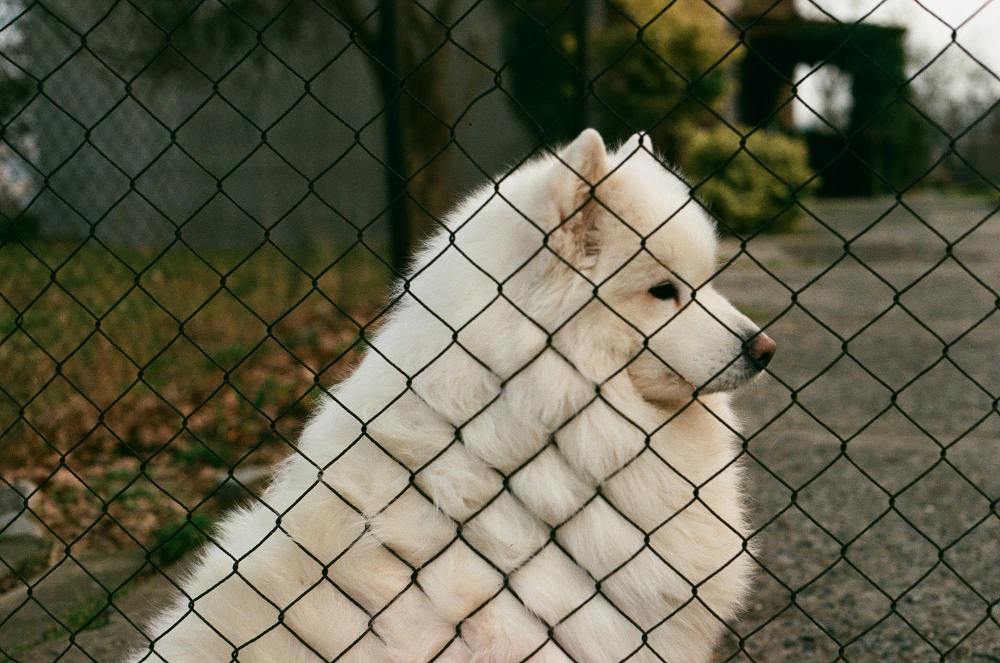
For many pet owners, a spacious, secure yard is paradise for their furry companions. It’s the place where tails wag freely, and the only thing that jumps higher than a dog at play is the joy in their heart. However, to truly provide a haven for your pet, the fence surrounding that space needs careful consideration. The right fence can secure your pet's safety and uphold the beauty of your home and landscape, while the wrong one might fail to contain an energetic pup or might even pose risks like entanglement. This guide will walk you through the essentials of selecting a fence that both flatters your property and ensures Fido can't flee.
Before digging any hole or unshelving your wallet, there are strategic steps to take. Namely, you need to assess the area you're enclosing and consider the particular needs of your pet.
Not all pets have the same Houdini tendencies. Some dogs are content to lounge around or play gently, while others have an aptitude for parkour. It's vital to be realistic about your pet's behavior patterns and potential to jump, dig, or chew their way to temporary freedom.
Your yard might seem flat and subdued, but each yard has its idiosyncrasies. Look for any potential obstacles or escape routes. Pay attention to trees that might be too close to the fence, rocks or roots that could present a digging challenge, and any gradient transitions in the terrain that could allow your pet to slip beneath a traditional fence line.
Fences come in a variety of materials and styles, and as a homeowner, you'll likely want to balance the need for aesthetics with practical concerns.
Wooden fences are a classic choice, exuding warmth and tradition. However, they require maintenance and can be susceptible to chewing. Vinyl offers the same aesthetics without the need for regular care. Wrought iron and aluminum provide visibility and a decorative touch but might not suit all weather conditions. Chain-link fencing, although not the most aesthetically pleasing, offers durability and visibility.
The height of the fence is a critical factor in pet containment. For larger dogs, a fence should be at least six feet high, and for jumpers or climbers, you might need to consider an angled or curved section at the top to deter escape.
A well-designed fenced area should not only confine but also keep your pets safe from harm.
No part of the fence should pose a risk. Be mindful of sharp edges or protruding parts that could cause cuts and injuries to your pets.
Bury the fence line at least a few inches underground to prevent digging, or consider a concrete underlay. For extra security, reinforce the bottom few feet of the fence with chicken wire or another small-mesh material to prevent smaller animals from squeezing through.
Traditional fences aren't the only option. Technologies like invisible fencing systems can provide a boundary without obstructing your view. However, they require proper training and might not be the best approach for every pet. Other alternatives include wireless pet barriers and electric fences, each with their own set of considerations regarding installation, maintenance, and ethics.
No matter which option you choose, proper training is essential. Pets should be introduced to the boundaries in a controlled environment and always under close supervision.
Invisible fences can be highly effective, but not all pets respond the same way to the slight shock that serves as a deterrent. Factors like the pet's size, age, and temperament can influence how they perceive and respect the boundary.
Installing a fence, particularly when pets' safety is at stake, requires precision and an understanding of the unique needs of pet owners.
Look for companies that specialize in pet-friendly fencing solutions. Check online reviews and ask for recommendations from friends and family.
A good fence company will offer consultation services to help you choose the right type of fence for your pets. They should also be able to customize the design to accommodate special behavior needs and yard configurations.
Once the fence is up, your duty of care is not over. Regular maintenance is crucial for ensuring that the fence continues to provide the shelter and security your pet requires.
Check for any loose boards or elements, holes, or damage. Prompt repairs can prevent a minor pet escape or injury.
Keep the fence clean to prevent rust, rot, or wear. This will not only maintain the appearance of your property but also prevent injuries from the breakdown of materials.
Selecting the right fence for your pet-friendly yard may seem daunting, but the long-term reward of watching your pets enjoy a safe and secure play area is immeasurable. Remember, a pet-friendly fence is one that takes into account not only your pet's natural instincts but also their safety and comfort. By working with a reputable fence company and staying alert to the needs of your pet, you can build a partnership between your home and your animal companions that will last for many happy years.
For those in the Orlando area, Wulff Fence stands ready to help you assess, design, and construct a beautiful yet sturdy fence fit for your furry friends. If you're looking for fence companies in Orlando, FL, contact us today to choose a fence that will ensure your pet's undeterred playtime as you cherish the peace of mind of a well-defined boundary.